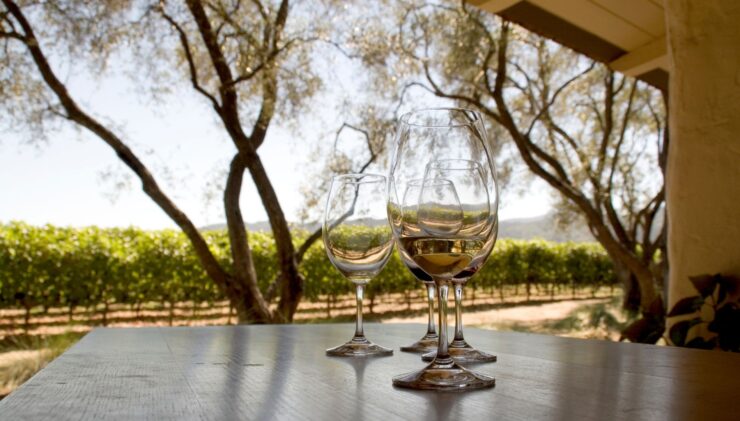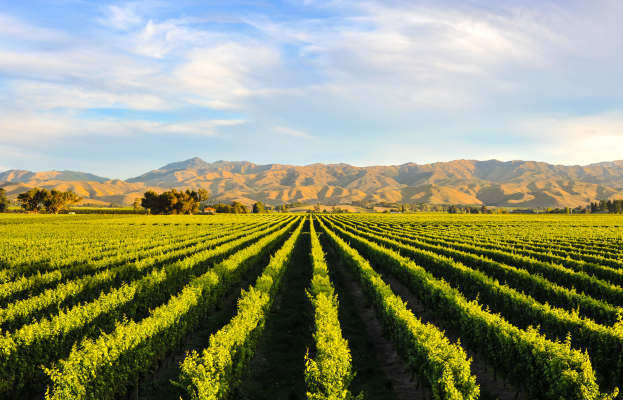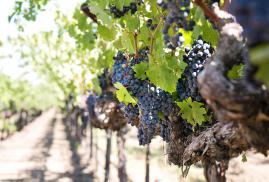 When to Consider Captive Insurance for Vintners
When to Consider Captive Insurance for VintnersMany businesses are switching to captive insurance arrangements. As the traditional insurance market becomes increasingly challenging and premiums keep rising, some wineries may want to consider switching, too. Below are some key considerations.
What Is Captive Insurance?
Captive insurance is an alternative risk management solution. It is a type of self-insurance in which a parent company is formed to control a risk management entity that exists purely to provide its parent with insurance. Captive arrangements are suitable for multiple lines of insurance, particularly liability and workers’ compensation. Large wineries can also form captive companies for property insurance.
A captive approach has several advantages. In a traditional insurance model, if you have lower than expected losses, the insurance company profits. Conversely, if you’re part of a captive, you can reap the financial rewards of having lower-than-expected claims. There are also potential tax incentives, since the premiums paid to the captive may be tax deductible, provided the company meets certain requirements.
There are many variations of the captive insurance model. For example, a single-parent captive (also called a pure captive) only has one owner and exists to provide insurance for that owner. A group captive, on the other hand, has multiple owners and exists to insure all the members of the group. A rental captive (or rent-a-captive) is a way of obtaining some of the benefits of a captive insurance program by paying a fee.
What Is the Appeal of Captive Insurance?
The traditional insurance market offers a simple way for businesses to transfer risk. In exchange for premiums, the insurance company takes on risk and handles claims. It’s a convenient option for many businesses – as long as they can obtain the coverage terms they need at a reasonable price.
However, in recent years, property and casualty insurance prices have risen, with property insurance seeing particularly steep price hikes. In 2023, CIAB says the average quarterly property insurance price increases ranged from a low of 11.8% in the fourth quarter to a high of 20.4% in the first quarter. These are just the national averages – businesses in high-risk areas are facing even steeper price hikes and difficulty obtaining coverage. The Sacramento Bee says one winery in Northern California received notice that its property insurance premiums were doubling. Wineries are also seeing more limited coverage, such as property insurance policies that exclude coverage for inventory.
The insurance market naturally goes through cycles, but there’s reason to expect the property insurance market will stay challenging. Natural disaster losses keep rising, and climate change means they may become worse. Swiss Re says global insured losses from natural catastrophes have outpaced economic growth for the last three decades, with losses exceeding $100 billion for the past four years.
CNBC says insurance companies have been pulling out of fire- and flood-prone areas. The head of climate implications research at First Street Foundation says this trend will likely continue. As a result, property owners will have increasingly fewer coverage options.
Captive insurance offers an alternative. When companies embrace the captive model, they take control of their own risk and coverage. They can also receive money back in the form of dividends if they keep their losses down.
Is Your Winery a Good Candidate for Captive Insurance?
To find out if your winery is a suitable candidate for captive insurance, consider the following factors:
- Size: Don’t assume you can’t leverage captive insurance just because your business isn’t large. Although only large corporations are typically able to deploy single-parent captive insurance (due to the resources and investment this requires), group captive insurance is a viable option for many small to midsize companies.
- Risk Management Stance: Captive insurance is successful when the owners are able to control their losses. Although stop-loss insurance options limit risks, businesses still need to control their losses to make a captive arrangement worthwhile.
- Past Loss History: Group captives generally only accept new members with strong risk control measures in place, and a history of lower-than-average losses.
- Investment: Switching to captive insurance requires some upfront investment, although the amount of collateral required has come down in recent years.
Given the current state of the insurance market and the likely impact of natural disaster losses in the foreseeable future, captive insurance may be a good long-term investment for companies that can commit to proactive risk management.
Are you interested in captive insurance for vintners? Contact us to discuss your alternative risk management options.


